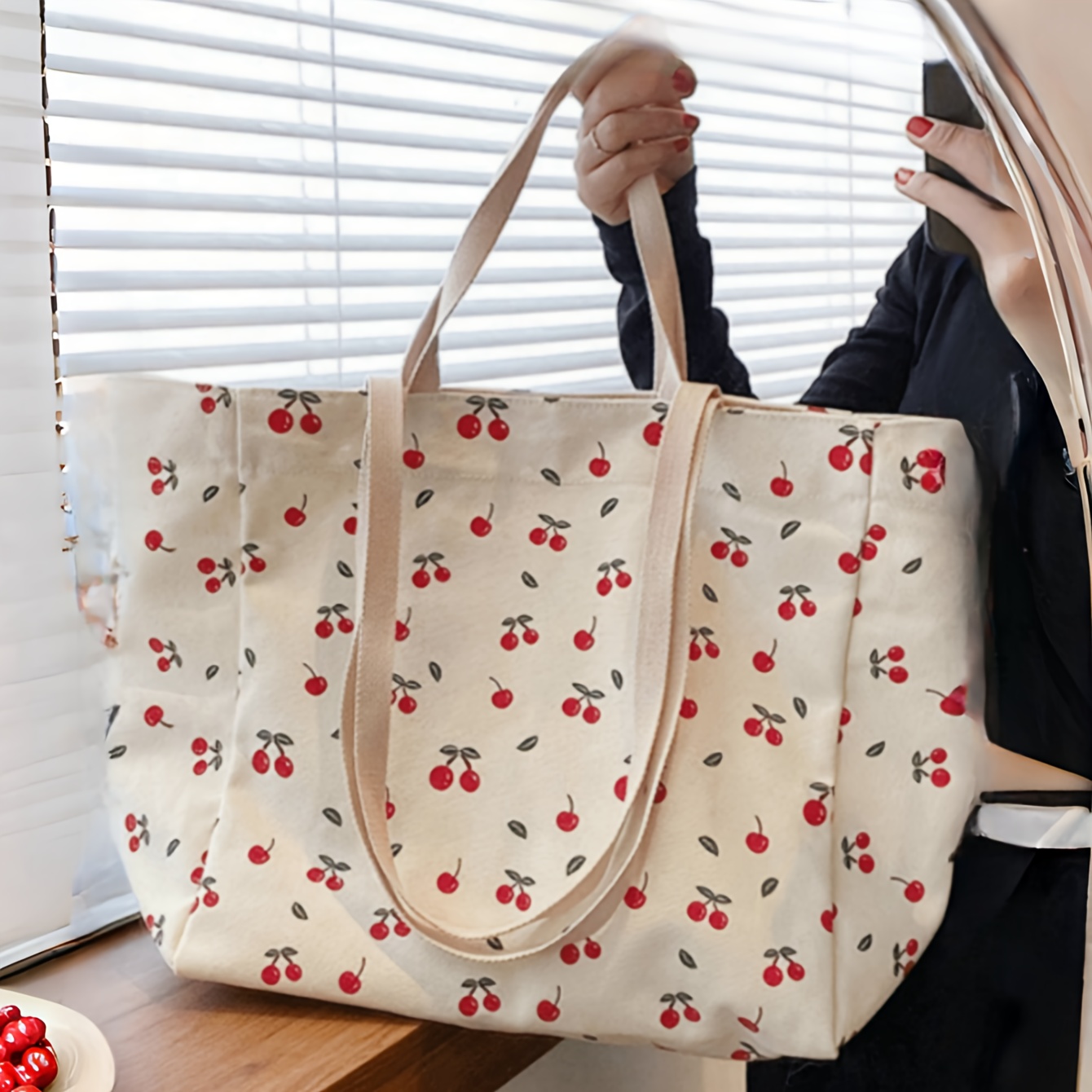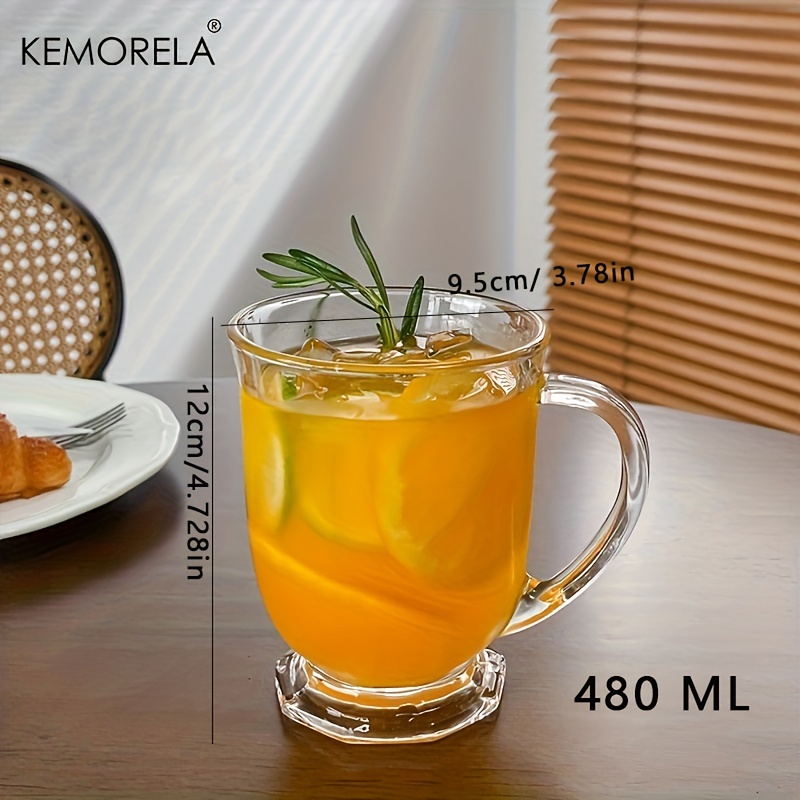Acids are a popular skincare ingredient known to help exfoliate the skin. The main point of exfoliating is removing dead skin cells. It should leave your skin smoother, brighter, and more radiant. I’ve tried and used a lot of different acids and in this blog post, I’ll share with you different types of acids, their benefits, and how to incorporate them into your skincare routine.
*This post contains affiliate links, meaning I’ll earn a small commission if you purchase through these links.
Understanding the Different Types of Acids
Alpha Hydroxy Acids (AHAs)
AHA is one of the most popular acids used in skincare. You can find it in different cleansers, toners, serums, and creams. Its main purpose is to exfoliate the surface of the skin, improve skin texture, and reduce hyperpigmentation. You can use it if you have normal, combination, or oily skin type. Whenever someone asks me about AHA I always recommend them to use it 1-2 a week. I have a sensitive combination skin and if I use AHA more than once a week then my skin starts to break out. Be sure not to use retinol or vitamin c in the same skincare routine with AHA acids.
Beta Hydroxy Acids (BHAs)
BHA is an acid that works well with sensitive, hormonal acne skin types. Its function is to penetrate deep into pores, unclog them, and combat acne. One of the most well-known BHA is salicylic acids. If you have oily or acne-prone skin your skin will probably love this acid.
Poly Hydroxy Acids (PHAs)
Another gentle acid I would recommend if you have sensitive skin is PHA. It not only gently exfoliates the skin but also hydrates and soothes any irritation.
Azelaic Acid
If you have hyperpigmentation, acne-prone skin, and acne scars then you need to try Azelaic Acid. It quickly became one of my favorite acids to use as it exfoliates, reduces inflammation, fights acne-causing bacteria and brightnes the skin. It is suitable for all skin type. I would especially recommend it to those who struggle with acne, rosacea and hyperpigmentation.
Hyaluronic Acid
While not technically an "exfoliating" acid, it plays a crucial role in maintaining skin hydration, which is essential when using other acids. Hyaluronic acid helps to plump the skin and reduce the appearance of fine lines.
Incorporating Acids into Your Skincare Routine
If this is your first trying any of these acids it is important that you first patch test it on a small area of your skin. Some acids can be too harsh on your skin and cause breakouts or irritation.
Acids come in different concentrations so it is always best to start with a low concentration and then slowly increase the consistency and the frequency of use. I find that the best time to apply acids is in the evening. Some acids can react to sun and make your skin irritated. If you decide to use acids in the morning, make sure that you apply sunscreen.
Product Recommendations
Disclaimer: Product recommendations are subjective and may not be suitable for everyone.
Incorporating acids into your skincare routine can help you achieve smoother, brighter, and more youthful-looking skin. However, it's crucial to choose the right acids for your skin type and use them correctly. By following these guidelines and prioritizing safety, you can experience the benefits of exfoliation while minimizing the risk of irritation.
Remember: This information is for general knowledge and should not be considered medical advice. Always consult with a dermatologist for personalized guidance.












Post a Comment